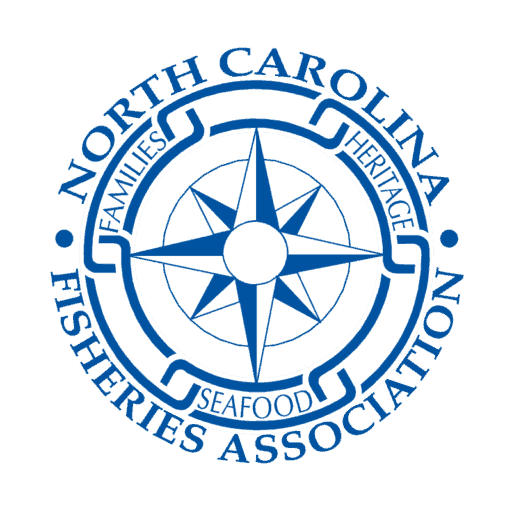LEGISLATIVE UPDATE:
2020 GENERAL ELECTION RESULTS
No sense commenting on the Presidential election till the dust settles. It appears that Senator Thom Tillis has won re-election, but the way things are going appearances can be deceiving.
Governor Cooper wins re-election rather handily.
Mark Robinson, the Republican candidate for Lt. Governor was elected, making him the first black ever elected to that position.
Not too many surprises in the General Assembly races unless you’re one that thought the Democrats would take control. Both the Senate and House are still controlled by Republicans. We’ll list the numbers once the election results are certified. At his point it appears the Senate is about the same with the House Republicans gaining a few. Dr. Perin Jones who took Greg Murphy’s seat in the House was defeated by a real young guy. I don’t know his story yet.
One of our friends in the west, Mike Clampitt was defeated in 2018, but he won back the seat yesterday. On the other hand, Tim Moffit won yesterday as well. He was in the House and was a very vocal voice for the CCA and didn’t much care for commercial fishermen. He was very vocal in favor of gamefish status but was defeated a few years back. Last month, Rep. Chuck McGrady resigned and Moffit was appointed to fill the seat till the end of the year, but he was elected on Tuesday for a full two-year term.
All the coastal folks won re-election rather handily. Senator Harry Brown did not run and Republican Michael Lazzara won that seat.
More on the election next week.
God Bless,
Jerry
“Another Attempt to Dismantle Commercial Fishing”
Below is a letter from former Marine Fisheries Commissioner Allyn Powell expressing his concerns with temporary small mesh gillnet restrictions put in place earlier this year.
While Mr. Powell’s letter addresses his concerns with restrictions in area D1 the proclamation issued by the Director set yardage limits for small mesh gillnets in much of our state waters.
These temporary restrictions were implemented by proclamation after the MFC voted to consider rulemaking for small mesh gillnets at their February 2020 business meeting.
There was very little, if any, reason given by the commission for deciding to entertain the possibility of adopting rules pertaining to the use of small mesh gillnets in NC. At the November 2020 business meeting the commission will discuss options to further restrict gillnets, these options may include measures such as yardage limits, attendance requirements, mesh size restrictions, and \ or seasonal closures.
The November discussion will be the first step in the lengthy rulemaking process and the commission is not obligated to take any action.
The use of small mesh gillnets is already highly restricted in NC waters and any action to further regulate their use without first identifying a problem is arbitrary in my opinion.
All fishermen are encouraged to follow this process closely and provide feedback when public comment is allowed.
Glenn Skinner, NCFA Executive Director
Allyn B. Powell
P.O. Box 16
Gloucester, NC 28528
October 21, 2020
Another Attempt to Dismantle Commercial Fishing
On May 4, 2020 the Director of the NC Division of Marine Fisheries (DMF) issued a proclamation (“temporary rule”) designated M-12-2020 that addressed the use of small-mesh gill nets (i.e., nets with a stretched mesh length less than 5 inches). Included in this rule was a one sentence item–“it is unlawful to use fixed, stationary or unattended gill nets in Management Unit D1.” Understanding the socio-economic impact of this ruling, that in my opinion is arbitrary and capricious, requires the reader to understand the fishery-resource rich area involved, and the economics of being able to fish in this area during the Fall season.
For background Information, Management Area D1 is a relatively small area that includes southern Core Sound, Back Sound (south of Harkers Island), the Straits and North River with most waters adjacent to Core and Shackleford Banks. Although small in area it is biologically rich, and during the Fall it is a migratory route for late fall and winter ocean-spawning species (e.g., southern and gulf flounder, spot, Atlantic croaker, and striped mullet.) It is at this time fishes are congregated and available on a sustaining basis to commercial and recreational fishermen and finally as a quality product to restaurants and retail consumers.
This management area is considered a sea turtle “hot spot” by DMF biologists due to their frequent interactions with endangered sea turtles with large mesh gill nets (4-6 inch stretched mesh). On the other hand, the DMF “Protected Species Report” for the period Sept. 1, 2019 – Aug.31, 2020 reported zero turtle interactions for anchored, estuarine small-mesh gill nets. The area has basically been closed for fishing large-net gill nets that are traditionally used to harvest southern and, infrequently, gulf flounder. This is an economic loss to gill netters and further losses will be exacerbated by the recent arbitrary ruling.
The rule has major negative impacts. Fishing attended, drifting nets during the Fall especially spot and spotted seatrout by commercial fishermen is ineffective and a hurdle to attain economically viable landings. Most fishermen will fish multiple 100-yard nets and by this ruling they would have to remain adjacent to the drifting nets. This would require being in more than one place at a time and furthermore, because nets are traditionally soaked overnight and unattended, now a potentially dangerous environment could exist. This includes weather, surface obstructions as nets are not deployed in large open water bodies, but close to pilings and docks and subject to strong tides and wind currents. This is, in my opinion, an absurd requirement. As of this writing fishermen have lost approximately 30 days of fishing that represents a considerable “salary cut.”
Based on my experience as a former science appointee to the NC Marine Fisheries Commission (MFC) the DMF biologists are knowledgeable and competent. Yet, I am puzzled by their decision to introduce an arbitrary rule that “chips” away at the commercial fishery. DMF staff response to my inquiry on this debacle was the ruling would not be withdrawn at this time, but a decision would be made by the MFC during their November 18-20 meeting. This would decimate the Fall spot and spotted seatrout set-net fishery in Area D1.
It is important that decision making by the DMF is based on science with the goal of maintaining sustainable fish population that can provide a high-quality product and support commercial and recreational fishermen. The credibility of DMF staff will suffer if agenda or political driven policy is adopted, and if arbitrary rules are enacted.
Allyn B. Powell
e-mail: apowell66@ec.rr.com
Editors note: It is important that commercial fishermen setting anchored gill nets cooperate with DMF and allow observer coverage. The DMF, in order to maintain their sea turtle, federal, incidental take permit must maintain 7% coverage for anchored large-mesh gill nets and 4% for small mesh. Failure to cooperate will close the fishery.

